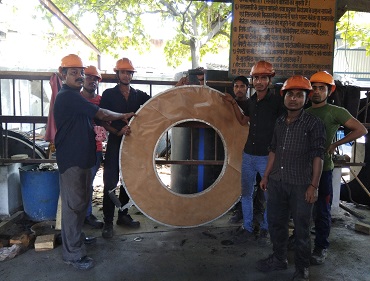
Customised Febrication Services
HDPE can easily be shaped using conventional methods, such as heat bending, pressure forming etc.

HDPE can easily be shaped using conventional methods, such as heat bending, pressure forming etc.
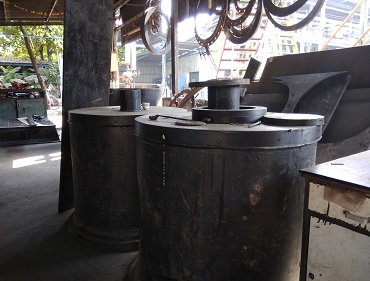
HDPE heats and cools very quickly, which creates very fast cycle times leading to reduced labor.
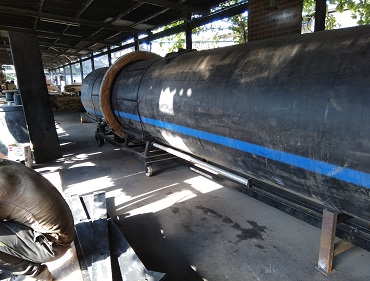
HDPE Pipe is a robust, flexible piping system, used for fluid and gas transfer across the world.
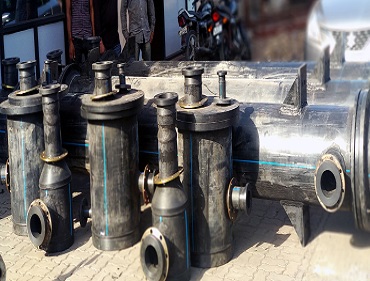
Welding speed is dependent on the flow rate of the extruder, the material thickness, the cross sectional area of the seam etc.
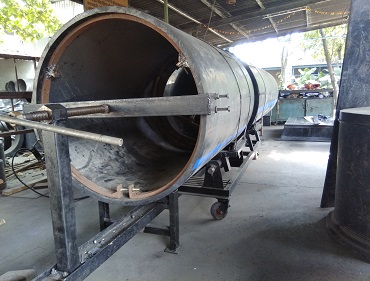
Fusion welding is a process that uses heat to join or fuse two or more materials by heating them to melting point.
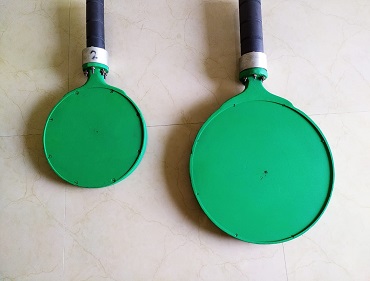
HDPE sheet material can be bent by using Calrods, strip heaters, air-circulated ovens, or radiant heaters.
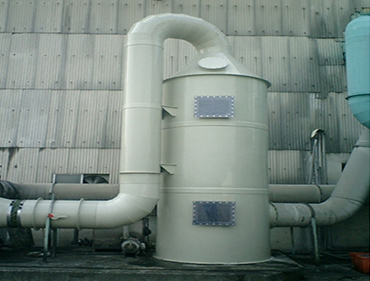
Scrubber systems are used to remove some particulates and/or gases from industrial exhaust streams.
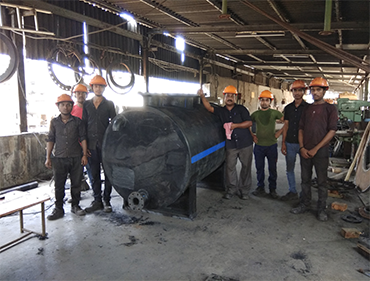
The primary purpose of a receiver is to allow the launching or receiving of a pipeline pig without interruption of flow.
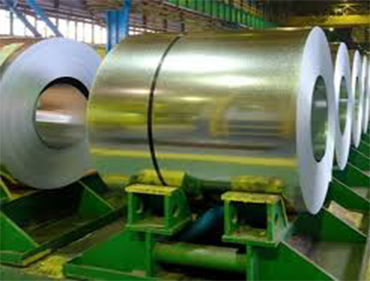
A coating is a covering that is applied to the surface of an object, usually referred to as the substrate.
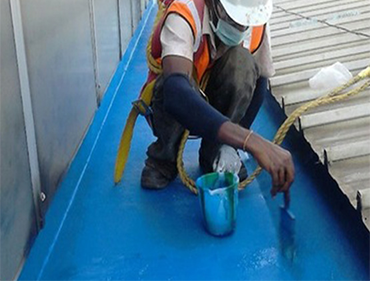
FRP Lining is resin lining to raise durability and safety by lining inside of concrete tank with FRP.

Scrubber systems are a diverse group of air pollution control devices.Used to control air pollution.
HDPE can easily be shaped using conventional methods, such as heat bending, pressure forming, and vacuum forming. HDPE heats and cools very quickly, which creates very fast cycle times leading to reduced labor. HDPE can also be joined using hot-gas welding, notch welding, and bend welding.
Heat Bending
HDPE sheet material can be bent by using Calrods, strip heaters, air-circulated ovens, or radiant heaters. Heat guns can also be used on small areas. To ensure best results, a rheostat should be used to control heating of the HDPE so that the surface temperature does not exceed 340°F.
Pressure or Drape Forming
Either male or female molds can be coupled with plug assists or forced air to form parts in below figure. This procedure is recommended for simple shallow forms with low definition. Conventional equipment used for thermoplastics is also ideally suited for HDPE.
Vacuum Forming
Vacuum forming HDPE is similar to pressure forming except that it is generally used when greater part detail and dimensional repeatability are necessary. The forming temperature for HDPE is also higher, generally 300°F to 340°F. Exceeding 340°F is not recommended because it can cause bubbling of the material surface.
Hot-gas Welding
Hot-gas welding can be performed with a hot air gun and welding rod. The air should be clean and free of all contaminants. If the air is not clean, an inert gas such as nitrogen can be used. The welding temperature and volume of air should be adjustable.
Notch Welding
This welding process uses two heating elements that simultaneously heat up the HDPE material surfaces. Using a heating element, a narrow groove is melted into the sheet material. The groove corresponds to the profile of the cross piece it is being welded to. The process requires good heat distribution. Once the material has softened, the heated cross piece is pressed into the melted groove, so that the two parts weld together.
Bend Welding
This welding process applies a method of heating material with a v-shaped element, when an HDPE sheet is to be bent or folded, normally to an angle of 90° degrees. To bend weld HDPE, material is heated to 390°F (+/- 50°F). Penetration into the material determines the bend angle (ex. 65% - 75% material penetration = 90° bend). Once the heating element has evenly penetrated to the desired percentage, the material can be bent to desired angle. It is common practice to choose a bending angle that is slightly smaller than required. During cooling, the angle widens due to material shrinkage.
Extrusion Welding
Extrusion welding is an alternative method to hot gas welding, commonly used in the manufacture of thick gauge HDPE material where large volume seams are necessary. Extrusion welding can be performed with an extrusion welding gun and welding rod or granular feed, depending on welding gun.
HITTER 100 MM TO 500 MM
We are engaged in providing high-performance HDPE Pipe Jointing Digital Heater that is appreciated for low energy consumption and minimal maintenance.